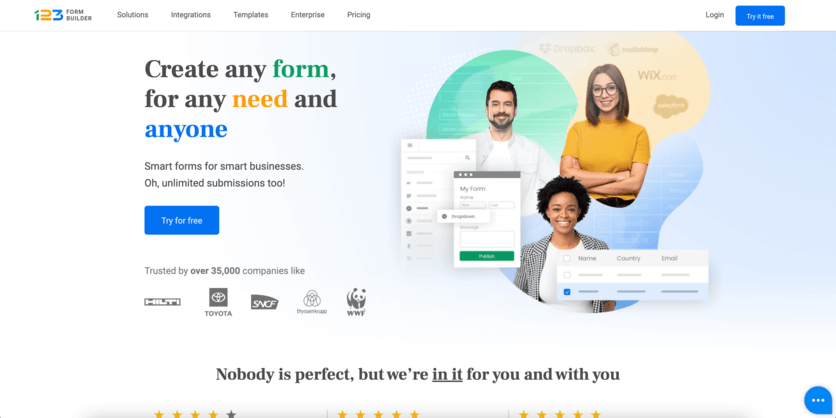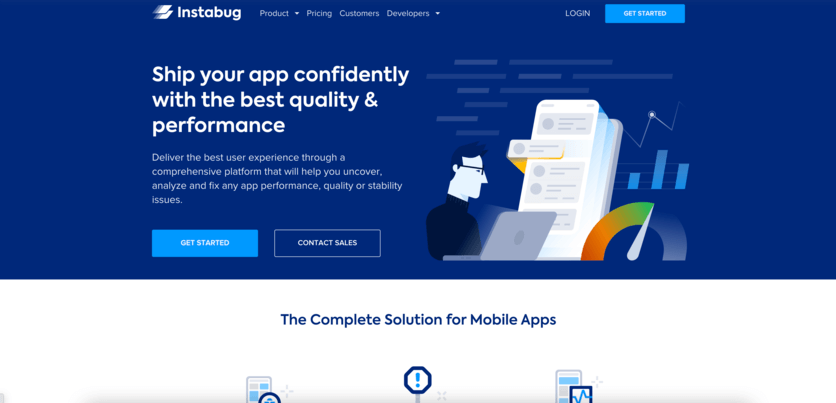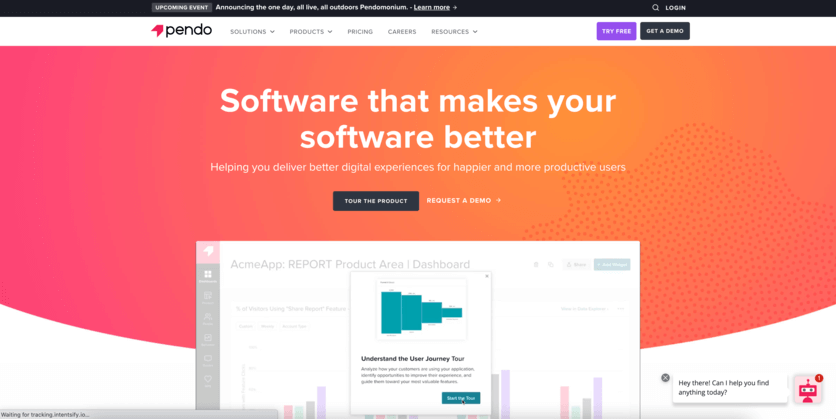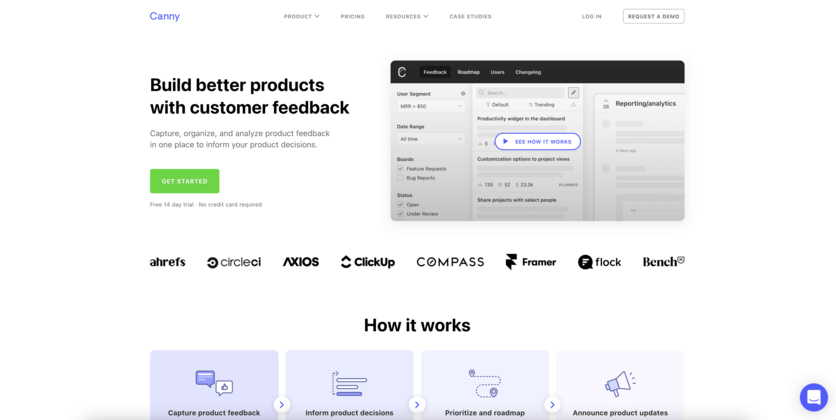How to Collect Feedback for Your Product
Product feedback is any information your customers share about their experience using your product. Collecting these insights from your customers is paramount because it can help a business identify areas that need improvement and spot the features that customers adore.
Needless to say, getting feedback is important no matter the type of business or industry. Listening to your customers and acknowledging their point of view is vital. After all, they are the lifeline of your whole company.
Let’s take a look at various methods you can use to gather product feedback. Also, we’ll help you come up with helpful product feedback questions that will elicit valuable answers from your customers.
Why Is Product Feedback Important?
Collecting product feedback and analyzing it brings numerous benefits. However, to keep it on point, we’ll sum them up into three key categories.
1. Better customer experience
Customers expect you to offer them a great experience, it’s a given. So, following a product release, start collecting product feedback right away. It will enable you to spot the most common problems, gather more data on potential new features, and discover areas to help customers get the most out of the product.
2. Product roadmap
Gathering product feedback from customers helps product managers prioritize the product roadmap. It also helps make better product decisions that are in line with the real needs of consumers.
3. Better product
Taking a look at what customers have to say can help your business create a better product. To create an outstanding product, rely on continuous interaction with your most active users.
Spot their pain points and address them by either adding new functionalities or removing what makes their interaction challenging.
Product Feedback Questions
Finally, to connect with your customers and their needs, consider asking the questions below:
- What is the purpose of using our product?
This question helps you determine why customers have turned to your product and what they expect from it.
- What is stopping you from achieving your goal?
The answer will let you know more about their challenges and whether your product is good enough to help your customers address their needs.
- What is your biggest concern about our brand?
This question will allow you to find out what is deterring customers from spending money on your brand.
Here are some additional customer feedback questions you can ask:
- Did you notice a change once you started using our product?
- Did our product or service make an impact on your business or on your lifestyle?
- What are the features you like/dislike?
- Can you name a feature you would like to see in the future?
- Is there anything you would change about our product? If so, what is that?
How to Automate Product Feedback
It’s no news that most business operations can be sped up with the right strategy and tools. You can get more things done with less time and effort, which also applies to collecting customer feedback.
Automation has become one of the most important tech trends. Basically, with automation, you can cut down the time spent on manual tasks, which gives you more time to focus on the activities that directly impact the bottom line.
But how can you automate customer feedback?
Start by automating the feedback loop. If your customer experience management platform has automation capabilities, you can create predefined replies that will be automatically sent out when a certain event is triggered.
You could also automate text analysis. There are specialized services that do that. That means that you don’t have to manually read and go through each review.
Such tools can easily obtain valuable insights from loads of customer feedback. It can help you group reviews into themes so you can easily identify the common customer pain points.
Also, it can highlight customer sentiment towards your offering, helping you spot the customers at risk to churn.
Product Feedback Tips
To gather feedback effectively and properly, there are a number of tips and methods that can help you get started.
1. Have clear goals
Before you start collecting feedback, you need to define your goals and establish clear ways to measure them.
Take a look at the KPIs you’re responsible for. For instance, for product teams, that might mean user retention. For product marketers, it may be usage metrics.
2. Ask the right questions about your product
Asking the right questions is a crucial step to getting constructive feedback. Once you establish the goal, you have to craft a survey with relevant product feedback questions.
Try to avoid leading the participant towards an answer. Go for open-ended questions and reference specific moments in the customer journey, so the customer can provide accurate feedback.
3. Be open
It’ll be easier to collect feedback if you make it convenient for customers to reach out to you.
You can do that with a live chat feature on your website or by interacting on social media. Provide different methods for customers to share their feedback. Be open to unsolicited feedback, which is a clear sign that you value your customers’ thoughts.
Product Feedback Tools
Now that you know why and how you should collect product feedback, here are some tools that can help you do it effectively.

123FormBuilder
Our form builder can help you create feedback forms or use product feedback templates. This makes the entire process much easier and faster.

Instabug
Instabug allows you to create user surveys and get feedback in real-time. Its user surveys help you increase your response rates as they are displayed directly in the user app.

Pendo
This tool is easy-to-use, but also very versatile. It helps users to make product decisions and also prioritize product features by asking for suggestions from customers.

Canny
This product feedback tool lets you create boards where visitors can post. An organized and simplistic tool, it allows you to have one-on-one interactions with visitors.
Collect product feedback because it is a great source of insight into customer satisfaction and behavior. It’ll help you make better decisions during the product development phase and build a community-driven customer experience.
